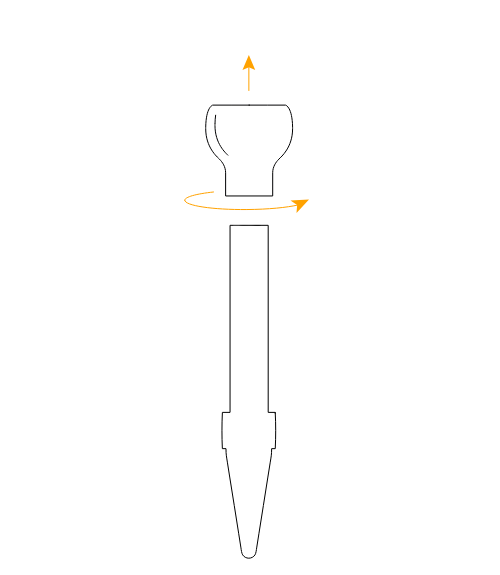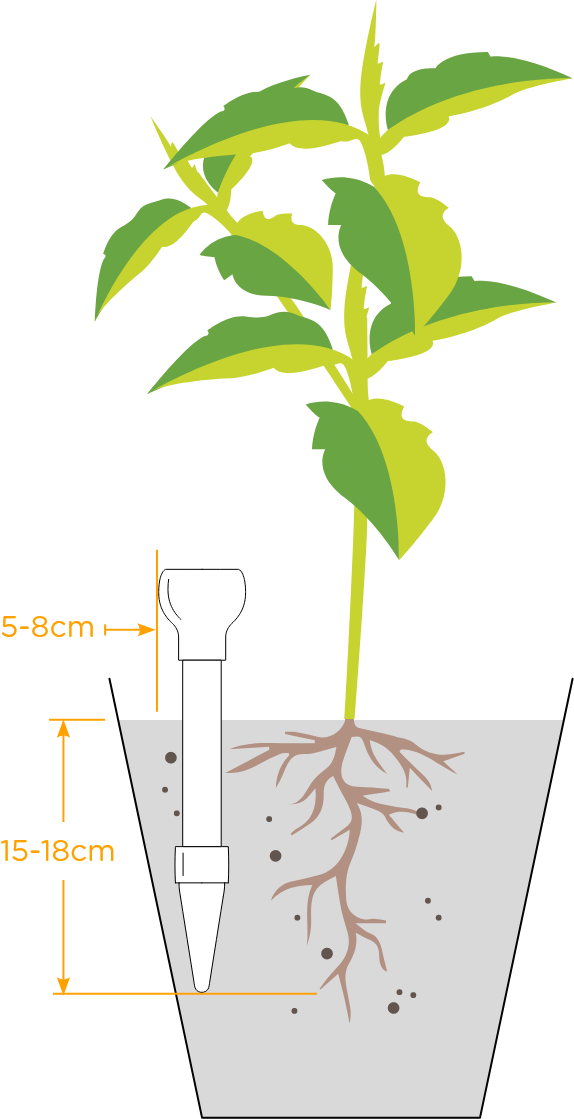
Cover Your Crop Seed Packs are here! Each seed pack is enriched with mycorrhizal fungi and kelp flake and will boost the micro-biome in each of your potted plants.
Companion planting is a natural and affordable long term organic solution to providing natural insecticides and fungicides for your Cannabis garden.
Cannabis responds to companion planting with stronger growth, greater resistance to disease and pests and better yields which results in more oil production. A collection of plants grown together that support each other and cannabis are called guilds.
Guilds act as diverse micro-ecosystems, that improve overall soil quality, water penetration and retention and bio-availability of nutrients. Healthy guilds attract beneficial insects and small creatures, that prey on pests that can damage cannabis. Companions often disguise the unique cannabis aroma of flowering plants and hides the strong smell unavoidable during flowering stage.
Small rocks placed randomly among the growing area can become homes for predatory spiders or reptiles that will also help keep insects under control. Lizards are very effective hunters of larger insect pests like moths and can get rid off ants extremely well.
Companions can also act as living mulch, provide shade, green manure, added nutrients, vitamins and minerals. This can all be achieved by planting the correct companions.
Types of cover crop seed packs available:
Winter Rye: Develops a deep root system that locks in soil nutrients and promotes oxygenation. A great way to add bio-available nitrogen into your compost pile. Cut young Rye and add to your smoothies!
Germination Temperature: 20°C – 28°C Prefered PH: 5.6 – 6.5 Light: Full sun
Red Clover: The low-growing clovers are very resilient and act as living mulch, encouraging soil friability. All the clovers fix nitrogen, which is released into the local neighbouring plants as it decomposes.
Germination Temperature: 10°C – 25°C Prefered PH: 5.5 – 7.5 Light: Full sun
Alfalfa: This meter high grass repels the dreaded Lygus Bug, while attracting friends to your patch, such as ladybugs, assassin beetles and several predatory wasps.
Germination Temperature: 18°C – 29°C Prefered PH: 6.8 – 7.5 Light: Full sun
Marigold: A companion planting staple, the powerful and pretty marigold repels beetles and leaf hoppers, Mexican beetle and objectionable nematodes. Its buoyant bloom attracts beneficial nectar-eating species.
Germination Temperature: 23°C – 28°C Prefered PH: 5.5 – 7.5 Light: Full sun
Dill: Dill attracts allies like honeybees and hoverflies, ichneumonids and other beneficial wasps. Swallowtail butterfly caterpillars will forgo your cannabis, as they prefer feasting on dill. Spider mites, the curse of the cannabis farmer, despise dill and will stay away in droves. Dill is also an effective repellent for aphids, cabbage looper and squash bugs.
Germination Temperature: 15°C – 22°C Prefered PH: 5.5 – 7.5 Light: Full sun
Chamomile: The carpet of small bright white flowers will always be buzzing with delighted honeybees and hoverflies while repelling mosquitoes and flies.
Germination Temperature: 20°C – 28°C Prefered PH: 5.6 – 7.5 Light: Full sun
Coriander: As a front-line deterrent, coriander repels aphids, potato beetles and the dreaded spider mite and helps attract tachninid flies, hoverflies and a variety of parasitoid wasps that prey on bad bugs or their larvae.
Germination Temperature: 18°C – 21°C Prefered PH: 6.1 – 7.8 Light: Full sun































































































